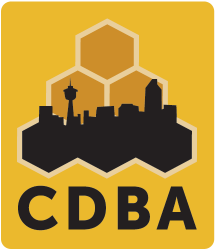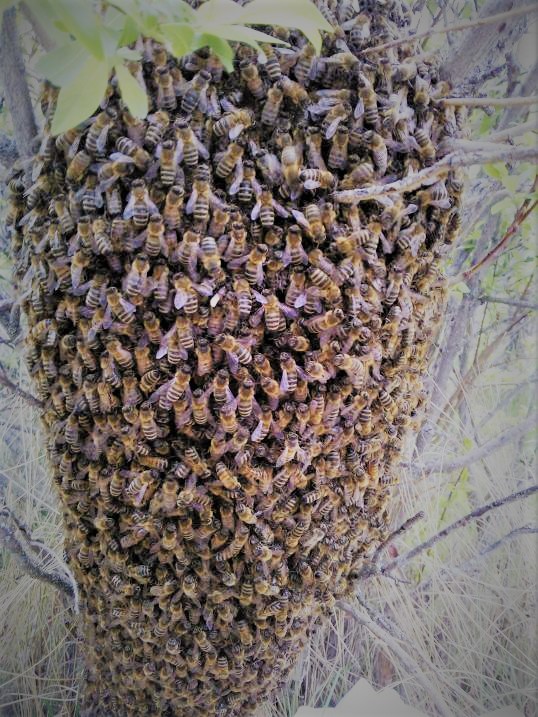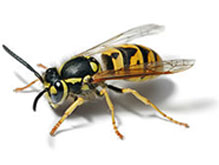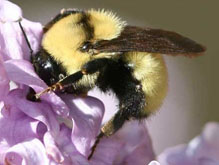REPORT a SWARM
Send us an email at calgarybeekeepers@gmail.com and describe the bee situation. Include:
- Your phone number and a picture;
- Location of the swarm (street address);
- Height of the swarm (20 ft up a tree, or on the ground?).
When bees swarm, the old queen leaves the hive with around half of the workers. They often swarm in the spring and early summer, when a colony is growing and they need more space. Swarms are a natural way for bees to divide the hive. Captured swarms can be used to start a new hive, but safe and successful swarm capture is not for the faint of heart. The club offers tips and recommendations for anyone who wants to help catch swarms around southern Alberta.
It is advisable to attend at least one capture with an experienced swarm catcher before trying it on your own.
Do you know of a swarm of honeybees? Try to make sure that you are discussing a swarm of honey bees and not wasps (see below). Bees are protected under the Agriculture Act. Do NOT spray a swarm of bees with water or any chemicals.
Contact swarm catchers as soon as possible and provide your phone number. Swarm catchers will not remove wasps nests.
When the swarm catcher calls you, be prepared to answer the following questions:
- Where is the swarm?
- How high is it (off the ground)?
- When did you first notice it?
- Make sure someone is available to answer additional questions when the Swarm Catcher arrives.
Note: Swarm catching is a volunteer activity and can be costly in terms of time and resources. If you feel it is appropriate, please offer to reimburse your swarm catcher.
Swarms or Otherwise – Do you have Bees?
The Calgary and District Beekeeper’s Association receives many calls about bees. The majority of these calls are actually wild bumblebees, or wasps. Our primary interest is in protecting and rescuing honey bees, so if you are not sure, please review the following information to help you properly identify what you are seeing.
Definitely NOT bees:
If a grey paper-nest is present, these are wasps. Bees make nests out of wax.
Definitely bees:
A soccer-ball sized cluster, attached high on a wall or tree, without any sort of a nest. This is a migratory swarm. Migratory swarms are typically very docile, but should not be approached. Contact a Swarm Catcher so we can come out and safely remove the bees. DO NOT SPRAY.
Other differences between honeybees, bumble bees, and wasps:
If it’s hairless, it’s a wasp. If it’s very furry with hunched shoulders, it’s a bumblebee.
If it’s slightly furry, with a long tube-like shape, it’s a honeybee.
To Remove a swarm please email:
| Yellowjacket Wasp | Bumble Bee | Honey Bee |
|
|
|
|




